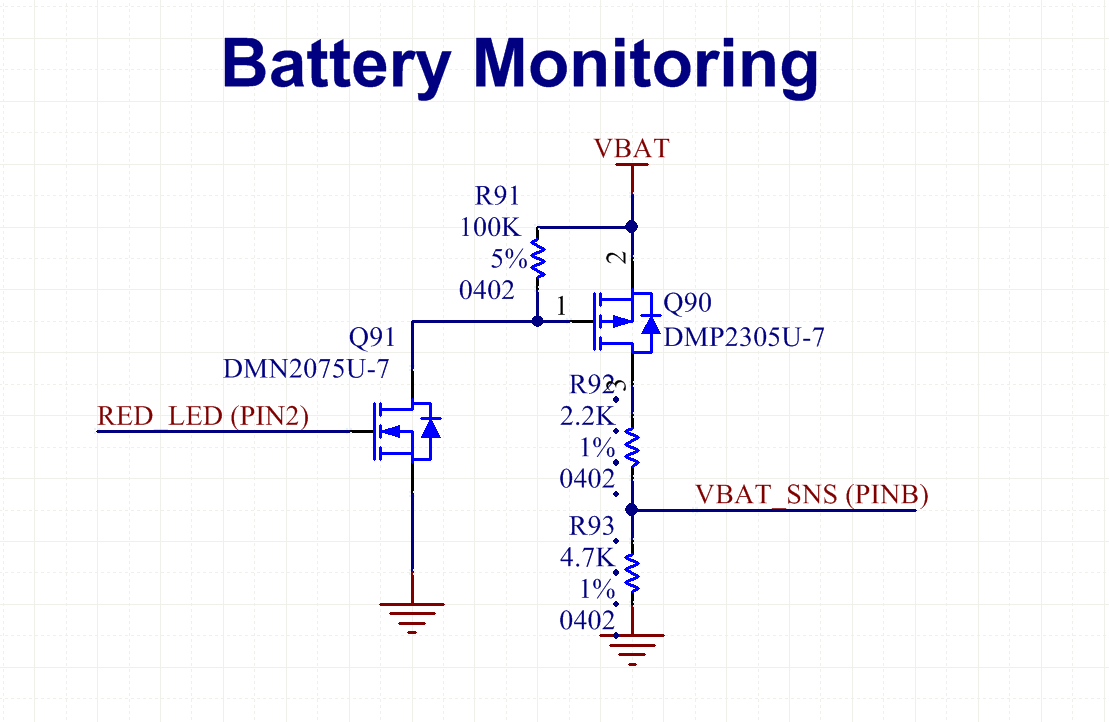
Best Way to Design a Battery-Powered Circuit
Designing a battery-powered circuit may seem like a daunting task at first, but with the right approach and a good understanding of the principles involved, it can be a rewarding experience. Whether you’re a beginner or an experienced designer, there are certain considerations to keep in mind to ensure the efficiency and longevity of your circuit. In this article, we will explore some of the best practices for designing a battery-powered circuit.
Understand Power Requirements
The first step in designing a battery-powered circuit is to clearly define the power requirements of your project. This includes determining the voltage and current requirements of each component in the circuit. By calculating the total power consumption of your circuit, you can select a battery with the appropriate capacity to ensure optimal performance.
It is important to choose a battery with sufficient capacity to meet the power demands of your circuit, but also consider factors such as size, weight, and cost when making your selection. In some cases, it may be more practical to use multiple batteries or a rechargeable battery solution to improve efficiency and longevity.
Efficient Component Selection
When designing a battery-powered circuit, the selection of components plays a crucial role in overall efficiency. Choose components that have low power consumption and high efficiency to minimize energy wastage and extend battery life. Opt for components with low standby current and high efficiency ratings to maximize the performance of your circuit.
Consider using power management ICs and voltage regulators to optimize the power delivery and ensure stable operation of your circuit. These components help regulate the voltage and current levels, protecting sensitive components from damage and improving the overall efficiency of the circuit.
Optimize Circuit Design
Another key aspect of designing a battery-powered circuit is optimizing the circuit layout to minimize power losses and improve efficiency. Arrange components in a way that reduces signal interference and minimizes power consumption. Use shorter traces and high-quality PCB materials to reduce resistance and improve the performance of your circuit.
Consider using power-saving techniques such as sleep modes and duty cycling to reduce power consumption during idle periods. By implementing efficient power management strategies, you can extend the battery life of your circuit and improve overall performance.
Testing and Validation
Once you have designed your battery-powered circuit, it is important to thoroughly test and validate its performance. Use tools such as multimeters and oscilloscopes to measure voltage levels, current draw, and signal integrity. Perform extensive testing to ensure that the circuit meets the desired specifications and operates as intended.
Consider conducting real-world tests to evaluate the performance of your circuit under different conditions and loads. By simulating various scenarios, you can identify potential issues and fine-tune your design to improve efficiency and reliability.
Conclusion
Designing a battery-powered circuit requires careful planning and consideration of various factors to optimize performance and efficiency. By understanding power requirements, selecting efficient components, optimizing circuit design, and conducting thorough testing, you can ensure the success of your project. With the right approach and attention to detail, you can design a battery-powered circuit that meets your requirements and delivers reliable performance.
Was this helpful?
0 / 0